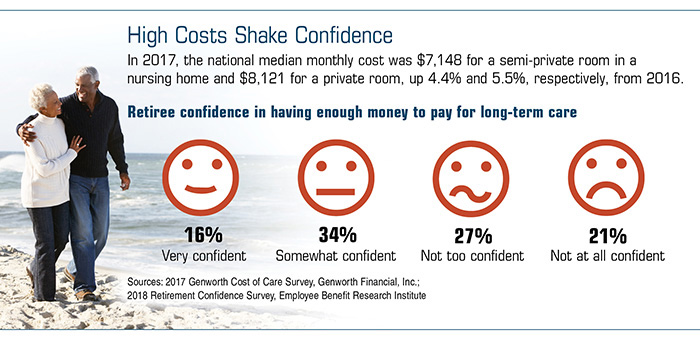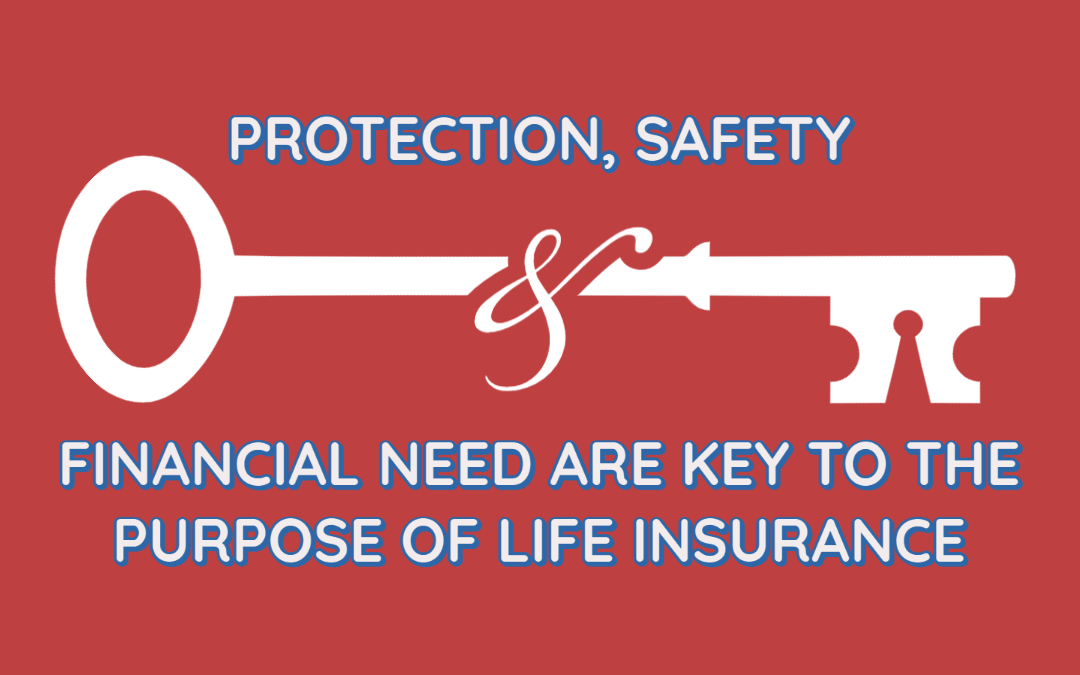See This Report on Pacific Prime
See This Report on Pacific Prime
Blog Article
The Of Pacific Prime
Table of Contents6 Simple Techniques For Pacific Prime5 Simple Techniques For Pacific PrimeThe 6-Minute Rule for Pacific PrimeHow Pacific Prime can Save You Time, Stress, and Money.
In a lot of states, the insurance firm is needed to send you a duplicate of the adjustments to your plan. It is essential that you read Endorsements or Riders so you comprehend how your policy has altered and if the plan is still adequate to satisfy your requirements. To get a copy of your insurance coverage policy, please call your insurance agent or company.
The Institute of Medication (IOM) Committee on the Repercussions of Uninsurance launches an extensive exam of evidence that addresses the significance of medical insurance coverage with the publication of this report. Protection Issues is the initial in a collection of 6 records that will certainly be released over the following two years recording the fact and consequences of having an approximated 40 million people in the United States without medical insurance protection.

The Basic Principles Of Pacific Prime
The goal of this series of research studies is to refocus plan focus on a historical issue. Adhering to the longest financial growth in American history, in 1999, an estimated one out of every 6 Americans32 million grownups under the age of 65 and greater than 10 million childrenremains without insurance (Mills, 2000).

Ten percent of the population accounts for 70 percent of healthcare expenditures, a correlation that has remained continuous over the previous 3 years (Berk and Monheit, 2001) - group insurance plans. Thus health and wellness insurance coverage remains to offer the function of spreading out danger also as it significantly funds regular treatment. From the point of view of healthcare carriers, insurance coverage carried by their individuals aids safeguard an earnings stream, and communities take advantage of financially sensible and steady wellness treatment professionals and establishments
Government supplies medical insurance to populaces whom the private market may not serve effectively, such as impaired and elderly individuals, and populaces whose access to wellness care is socially valued, such as children and expecting females. The supreme ends of health and wellness insurance coverage for the specific and neighborhoods, including work environment communities of workers and employers, are improved wellness results and top quality of life.
The 2-Minute Rule for Pacific Prime
Workers rank medical insurance initially without a doubt in significance among all the benefits used in the office (Salisbury, 2001). There have been substantial investments of individual and public funds to give health and wellness insurance policy, several individuals still have no insurance coverage. Despite substantial reporting of survey searchings for and healthcare study results, the public stays baffled and mistaken about Americans without health and wellness insurance and the ramifications of doing not have insurance coverage.

Without doubt, the intricacy of American healthcare financing devices and the wealth of sources of information include in the general public's complication and hesitation about wellness insurance coverage data and their interpretation. This report and those useful source that will certainly follow aim to boil down and present in readily understandable terms the comprehensive research that bears upon questions of medical insurance coverage and its importance.
Fifty-seven percent of Americans polled in 1999 thought that those without medical insurance are "able to get the care they require from doctors and medical facilities" (Blendon et al., 1999, p. 207). In 1993, when national attention was concentrated on the issues of the uninsured and on pending wellness treatment regulations, simply 43 percent of those surveyed held this belief (Blendon et al., 1999).

They also obtain less preventive services and are less likely to have routine treatment for chronic problems such as hypertension and diabetes mellitus. Persistent diseases can bring about costly and disabling complications if they are not well handled (Lurie et al., 1984; Lurie et al., 1986; Ayanian et al., 2000). One nationwide study asked more than 3,400 grownups about 15 highly serious or dark conditions.
Examine This Report about Pacific Prime
Added evidence exists later on in this phase in the discussion of insurance policy and accessibility to healthcare. https://dzone.com/users/5122954/pacificpr1me.html. People without wellness insurance are young and healthy and balanced and pick to do without protection. Practically half (43 percent) of those evaluated in 2000 thought that people without wellness insurance coverage are more most likely to have wellness problems than people with insurance policy
Voters and policy makers in emphasis group discussions identify those without insurance as youths who have the opportunity to be covered and feel they do not need it (Doorperson Novelli, 2001). Contrasted to those with a minimum of some exclusive insurance coverage, the without insurance are much less likely to report remaining in excellent or great health and wellness (Firm for Health Care Study and Top Quality, 2001).
SOURCE: Facility for Price and Funding Research Studies, Agency for Medical Care Research and Quality, based upon MEPS data. Young grownups between 19 and 34 are much a lot more most likely to do not have medical insurance than any type of various other age. This is primarily since they are less commonly qualified for employment-based insurance policy because of the nature of their work or their short tenure in it.
The assumption that individuals without insurance have better-than-average health follows from perplexing the reasonably young age account of the without insurance with the better health and wellness, typically, of younger persons. This covers the link in between wellness condition and health insurance coverage. For those without access to workplace health insurance policy, inadequate wellness is a prospective barrier to acquiring nongroup insurance coverage due to the fact that such protection may be very valued, omit preexisting problems, or be just not available.
Report this page